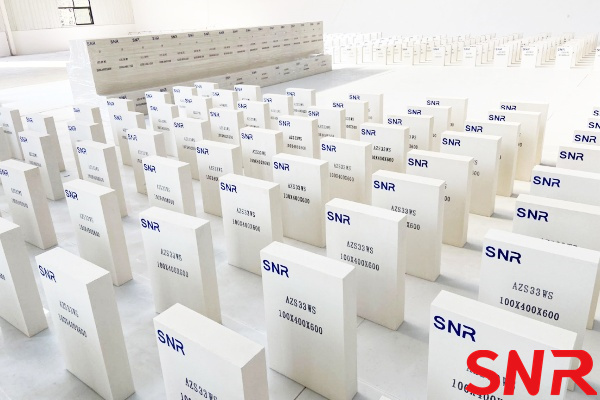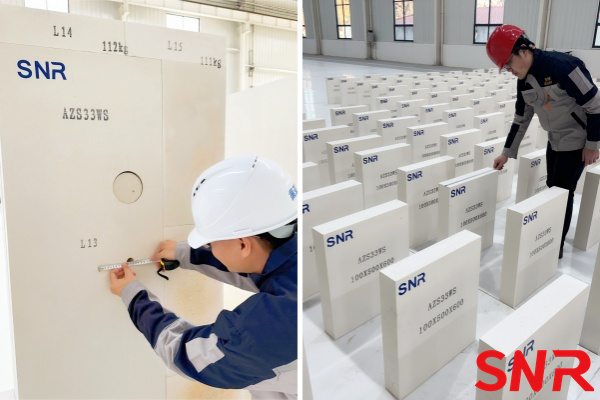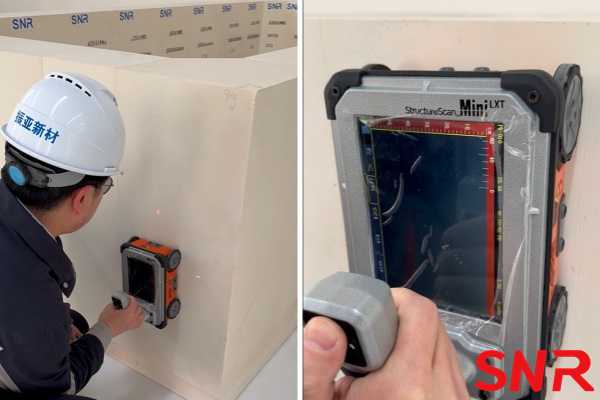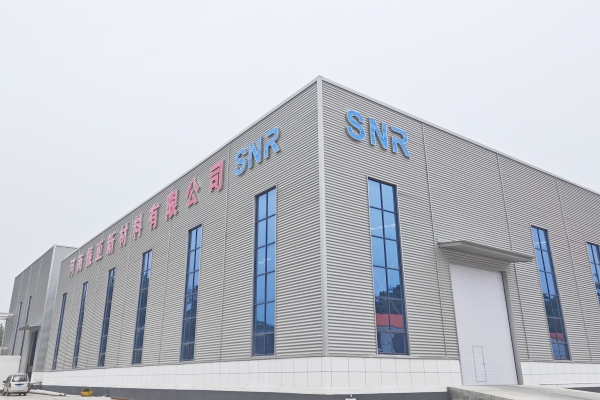Before inspecting the fused cast AZS blocks, let us take a brief look at them.
•Definition: Fused cast AZS block is a white solid made by mixing selected zircon sand and industrial alumina powder in a certain proportion through the fusion process, adding a small amount of flux (such as sodium carbonate, boric acid or borax), melting at high temperature (1800°C to 2000°C) and casting.
•Naming: AZS is the abbreviation of the first letters of the three main elements Al2O3 (aluminum oxide), ZrO2 (zirconium oxide), and SiO2 (silicon dioxide), and is arranged in order of their content. For example, the abbreviation of No. 33 fused zirconium corundum block is AZS-33#, and so on.
Identifying the quality of fused cast AZS blocks is a comprehensive process that requires consideration of multiple factors. Here are some key identification steps and precautions:
2. Size and specification inspection
4. Chemical composition analysis
5. Manufacturer qualifications and certification
Ⅰ Appearance inspection
•Surface defects: Observe whether there are cracks, breakage or deformation on the surface of the fused cast AZS blocks. These defects will directly affect the performance and service life of the fused block.Check the surface for defects such as bubbles and holes. These defects may weaken the structural strength and corrosion resistance of the fused cast AZS blocks.Also check that the surface is flat and free of unevenness.•Color and gloss: Qualified fused cast AZS blocks should be uniformly white or gray with good surface gloss. If the color is bluish, it may be that the block contains carbon, which will affect the quality and use of the fused block. If there are lumps of blue on the surface of the fused cast AZS block, there is a high possibility that there are iron blocks inside. The iron blocks come from the iron rod part falling off during the flattening process or exhaust during the production process, as well as other factors. This kind of fused cast AZS block should also be stopped from use.In addition, normal fused cast AZS blocks should have uniform color. Uneven color may mean uneven distribution of ingredients or problems in the production process.
•Processing level: Check whether the cutting and processing of the fused cast AZS blocks are fine and whether the edges are neat, which can reflect the manufacturer‘s production level and product quality.
Ⅱ. Size and specification inspection
Size measurement:
•Pay special attention to the size of key parts, such as the size of the edge parts used for splicing. Excessive size deviation will affect the tightness of the masonry and the stability of the structure. For fused cast AZS blocks that require specific shapes or angles (such as right-angle blocks, trapezoidal blocks, etc.), their verticality and parallelism should be checked to see if they meet the requirements. This can be measured using tools such as angle rulers or square rulers.
•Check whether the shape of the fused cast AZS blocks is regular and ensure that the difference in diagonal length is within a reasonable range to ensure the squareness of the block body and avoid problems such as uneven gaps and misaligned joints during masonry.
Ⅲ. Physical Performance Analysis
•Volume density: The mass per unit volume (including pores) of fused cast AZS blocks is called volume density. The Archimedean principle is used to measure the density of fused blocks. The volume density of fused blocks is calculated by measuring the mass in dry state and saturated water state.•Cold crushing strength Mpa: The compressive strength test is used to evaluate the stability and durability of fused blocks under pressure. The higher the compressive strength, the better the quality of fused blocks.
•Load softening temperature: reflects the resistance of products under the combined action of high temperature and load. It is an important indicator. It accurately indicates the high-temperature structural strength of the fused cast AZS blocks. The influencing factors include the chemical-mineral composition of the product, the characteristics of the crystal structure, the ratio of the number of crystal phases to the glass phase, and the viscosity of the liquid phase.
•Thermal shock resistance: Since fused cast AZS blocks are mainly used in high-temperature environments, their thermal shock resistance is also an important evaluation indicator. Through the thermal shock resistance test, the fused blocks are heated to a certain temperature, and then quickly placed in cold water or quickly cycled between different temperatures to observe whether the fused blocks have cracks, peeling, etc., to understand the stability and thermal shock resistance of the fused blocks at high temperatures. Fused blocks with poor thermal shock stability are easily damaged by temperature changes during use.
•Apparent porosity: the ratio of the sum of the volume of shrinkage cavity to the total volume of the material. Too high porosity will reduce the strength and corrosion resistance of fused blocks.
For each grade fused cast AZS blocks, there will be different casting quality: regular casting, tilt casting, void free casting and end cut casting. Different casting methods of fused cast AZS blocks have different densities.
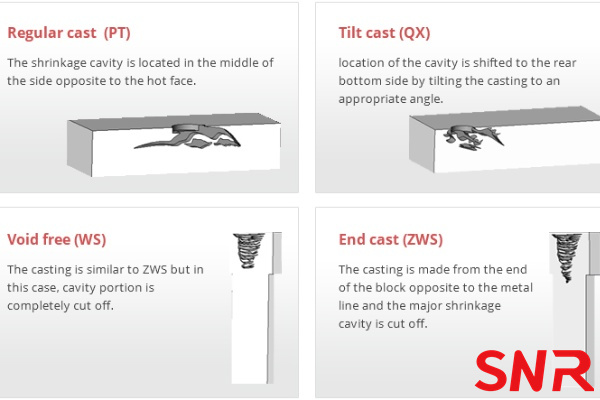
Two blocks cast in the same way have the same density and similar appearance, but the location and size of the shrinkage cavity inside them are different. Therefore, it is very important to determine the filling quality inside the block to control the risk of glass leakage, especially in the key parts of the furnace.
Therefore, in order to reasonably control the shrinkage cavity inside the blocks so that customers can use them with confidence in different parts of the furnace, in addition to strictly controlling the shape, size and other indicators of the riser during the casting process, it is also particularly important to detect the shrinkage cavity inside the blocks.
• Previous shrinkage detection methods, such as ultrasonic method, brick splitting method, and weighing method, all have limitations: ultrasonic method is time-consuming and labor-intensive, and brick splitting method is a destructive sampling test; therefore, these two methods are not suitable for daily online control. Although the weighing method is simple and intuitive, it cannot determine the exact location of the shrinkage hole.
•SNR currently uses widely used radar detection, which uses a portable scanner to scan the blocks. And all the acquired data is then transferred to a unique SNR software to obtain quantitative results, which is clear and saves material and energy. In this way, the internal shrinkage of each block can be obtained quickly, accurately and non-destructively before the blocks leave the factory. Fused cast AZS blocks that have been tested by SNR radar can be used with more confidence by customers in areas where furnaces are severely eroded.
Ⅳ. Chemical composition analysis
•Main chemical composition: The main chemical composition of fused cast AZS blocks includes alumina (Al2O3), zirconium oxide (ZrO2) and silicon dioxide (SiO2). Through chemical analysis(Such as X-ray fluorescence spectroscopy, atomic absorption spectroscopy, etc.), we can understand whether the content of these components meets the standard requirements.Composition: Contains approximately 33% Zirconia, 50% Alumina, and 15% Silica.


Composition: Contains approximately 36% Zirconia, 50% Alumina, and 14% Silica.

Composition: Contains approximately 41% Zirconia, 45% Alumina, and 12% Silica.

•Glass phase content analysis:The glass phase content in fused cast AZS blocks is determined by acid dissolution method or other suitable methods. The glass phase content has an important influence on the performance of fused cast AZS blocks, which can reduce the service life of the furnace and contaminate the glass solution, and generally needs to be controlled within a certain range.
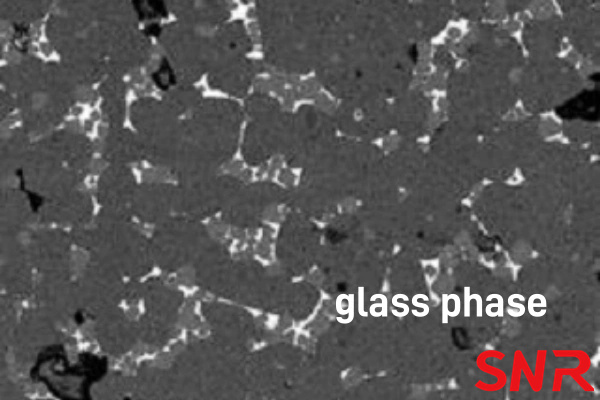
Ⅴ. Manufacturer Qualification and Certification
•Manufacturer Qualification: Understand the qualification and reputation of the manufacturer, and choose fused cast AZS blocks produced by qualified and powerful manufacturers.•Product Certification: Check whether the fused cast AZS blocks have passed relevant quality certifications and tests, such as ISO certification, testing by the National Quality Supervision and Inspection Center, etc. These certifications and tests can ensure that the quality and performance of fused cast AZS blocks meet the standard requirements.
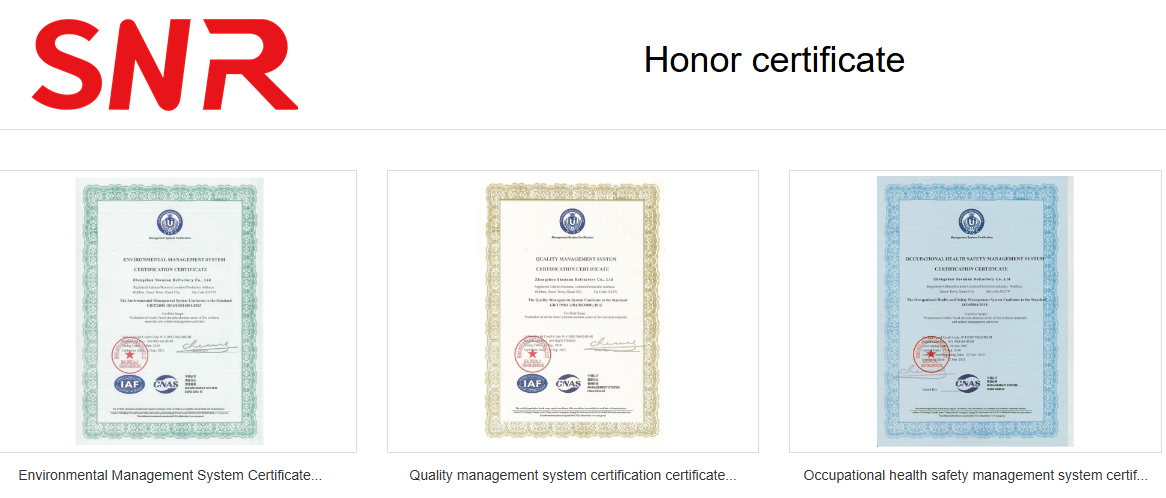
•User feedback: Understand the feedback and evaluation of other users on the brand and model of fused cast AZS blocks. User experience and feedback are important references for evaluating the quality of fused cast AZS blocks.
•Long-term observation: If conditions permit, fused cast AZS blocks can be observed and tested for a long time to evaluate their performance and life in actual applications.
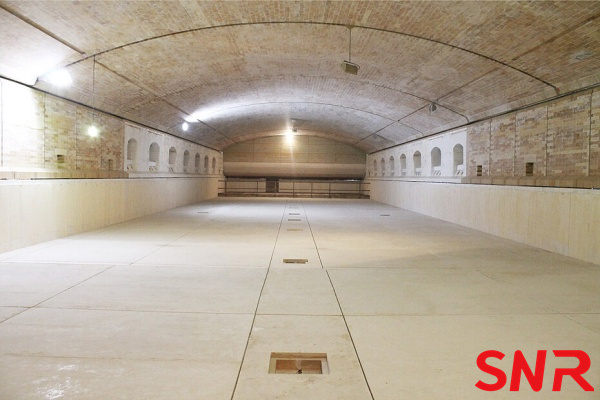
As an important refractory material, the quality of fused cast AZS blocks directly affects the performance and service life of high-temperature industrial equipment (such as glass furnaces).
The importance of inspecting the fused cast AZS blocks is self-evident. First of all, qualified fused cast AZS blocks can ensure the normal operation of the equipment. If there are quality problems with fused cast AZS blocks, it may cause equipment failure or accidents, which will have a serious impact on production. Secondly, the quality of fused cast AZS blocks is also directly related to the life and maintenance cost of industrial equipment. If the quality of fused cast AZS blocks does not meet the standards, they may need to be replaced frequently, increasing maintenance costs and downtime. Through inspection, quality problems in the production process of fused cast AZS blocks, such as uneven composition, internal defects, dimensional deviation, etc., can be discovered in time to ensure that the fused cast AZS blocks put into use meet the relevant standards and design requirements.
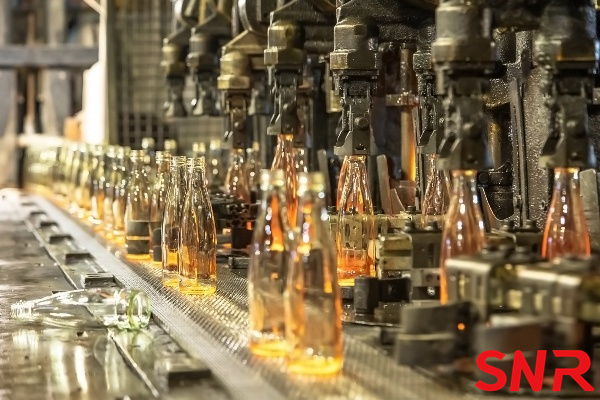
Benefits of making inspection on fused cast AZS blocks :
•improve production efficiency
•reduce production costs
•meet environmental protection requirements
Fused cast AZS blocks are widely used in high temperature industries such as glass manufacturing, steel and ceramics due to their excellent fire resistance, thermal shock resistance, wear resistance and corrosion resistance. With the continuous advancement of technology and the expansion of application fields, the performance and quality of fused cast AZS blocks will continue to improve.
In summary, the quality of fused cast AZS blocks needs to be comprehensively evaluated from multiple aspects, including appearance, size, physical properties, chemical composition, manufacturer qualifications and certification, and actual application effects. Only by fully considering these factors can we ensure that we can purchase high-quality fused cast AZS blocks. In addition, by regularly checking the fused cast AZS blocks in use, problems can be discovered in time and repair measures can be taken, thereby extending the service life of the furnace.
Any demands, please do not hesitate to contact with us!
www.snr-azs.com/contact-number/Web:www.snr-azs.com
Email:wendy@snrefractory.com
WhatsAPP:+86-19157020040


